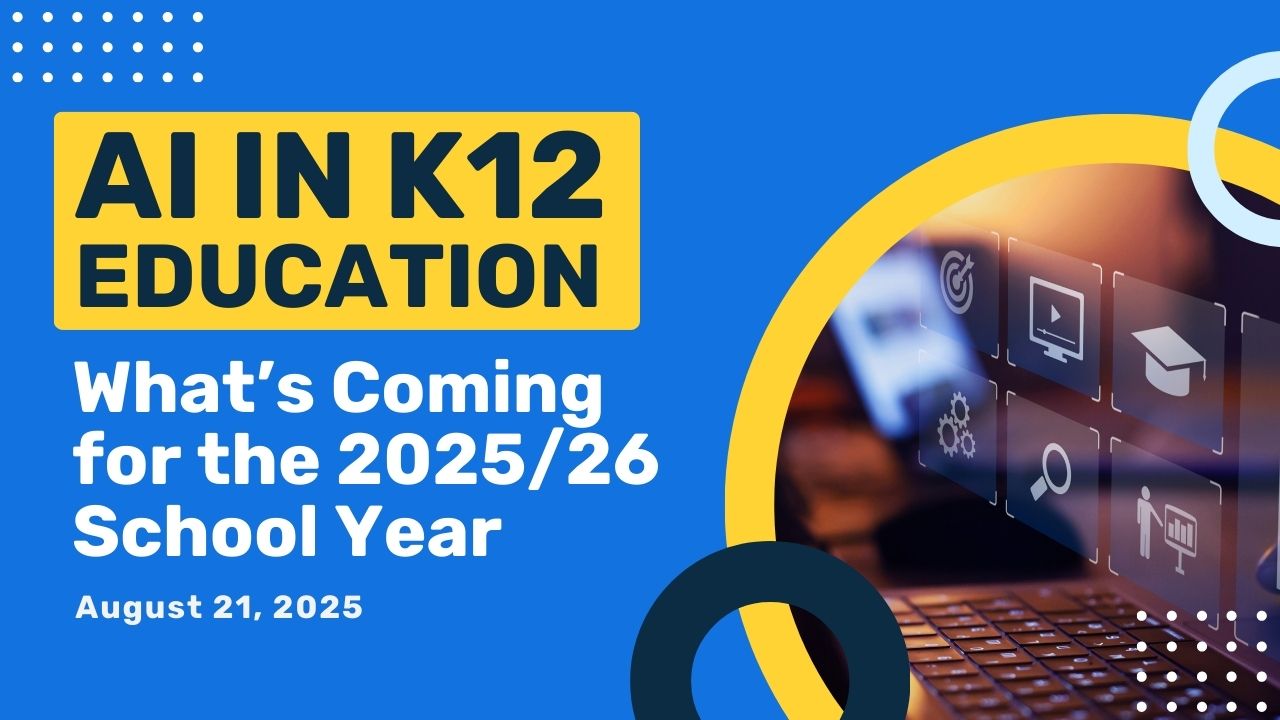High school seniors frequently have to make a big decision about what to do as graduation draws near. Some could decide to go to college, while others might decide to start working or get a job. Whatever route students take, career and technical education (CTE) programs can give them vital information and skills that will help them thrive in their chosen professions.
CTE programs are meant to provide students with practical, in-the-field training in a particular sector or business. These programs might include everything from computer technology and healthcare to auto repair and building professions. CTE classes assist students to get ready for the difficulties and expectations of the modern workforce by teaching them practical skills that they may utilize in their future employment. Students who finish CTE programs have a greater rate of employment and a higher median salary than those who do not, according to National Center for Education Statistics research. CTE programs can provide students with a head start in the workforce, regardless of the career route they eventually take.
The ability to explore several career routes and identify one's interests and passions is one of the main advantages of CTE courses. Many CTE programs provide students with the chance to participate in internships or job shadowing experiences, giving them a taste of what it's like to work in a specific industry. Students who are undecided about what they want to pursue after high school may find this to be extremely helpful. Students who participated in CTE programs were more likely to report being interested in STEM jobs and to seek postsecondary education in STEM subjects, according to research that was published in the Journal of Career and Technical Education. This suggests that CTE courses can not only help students discover their interests and passions, but they can also provide a pathway to high-paying careers in STEM fields.

CTE programs can also support more self-assurance and self-worth. Students feel accomplished and proud of their work when they succeed in their CTE studies and gain new skills. For kids who might struggle in more traditional academic disciplines, this can be especially crucial. Academic performance and motivation of students can be positively impacted by CTE courses, as shown in research presented in the Journal of Career and Technical Education, leading to better grades and attendance. This shows that CTE courses might benefit students' overall academic achievement in addition to helping them gain practical skills.
CTE courses have major economic rewards in addition to personal benefits. In addition to having a greater rate of employment and a higher median salary than students who finish CTE programs, they face fewer job shortages. The greatest job shortages across a range of industries, notably in the skilled trades and technical fields, can also be filled with the aid of CTE courses. The National Association of Manufacturers reported that there is a rising need for skilled workers in the manufacturing industry, and CTE programs can assist students to develop the abilities and knowledge required to satisfy this need. This suggests that CTE courses can not only benefit individual students but can also have a positive impact on the economy by filling job shortages and helping to drive economic growth.
There are several ways that school systems and teachers may use education technology to teach CTE skills to high school students. Several examples of how education technology might be applied to improve CTE instruction are shown below:
- Simulations and interactive activities: EdTech can be used to develop virtual simulations and interactive activities that let students explore various career pathways and pick up useful skills in a hands-on, immersive setting. An example could be a virtual welding simulator that can assist students in learning the fundamentals of welding without the need for costly tools or supplies.
- Video tutorials and lectures: Lectures and video tutorials: Students can access lectures and video tutorials through media. Mastery Coding offers a curriculum on a range of subjects that can teach students the CTE skills needed to ignite their passions. These tools can be used to enhance conventional classroom learning or to offer extra assistance to students who might require it for a particular subject. For instance, their lecture on computer building can assist students in learning how to identify and fix typical issues. These kinds of platforms are now feasible for schools because of developments in educational technology.
- Online databases and resources: These can give students access to online databases and resources that can aid in their understanding of various industries and occupations. These sources may include job postings, business news, details on courses and training possibilities, and job advertisements. Students can learn about the many tasks and duties in CTE, for instance, by consulting a directory of engineering careers. CTE programs typically maintain connections with relevant businesses and industries.
- Virtual reality and augmented reality: Educational technology may be utilized to develop virtual reality and augmented reality experiences that let students explore and learn more thoroughly about various professions. For example, a virtual reality tour of a manufacturing facility may provide students with an up-close view of the tools, procedures, and safety regulations used in the industry.
It seems education technology can provide a wealth of resources and tools that can help school districts and educators teach high school students CTE skills engagingly and effectively. By leveraging the power of education technology, school districts and educators can provide students with the skills and knowledge they need to succeed in their chosen careers and make a positive impact in their communities.
CTE programs are a game-changer. With Mastery Coding’s programs, students gain an affordable and convenient method to interact with STEM courses and research professions in game development and other CTE industries.















